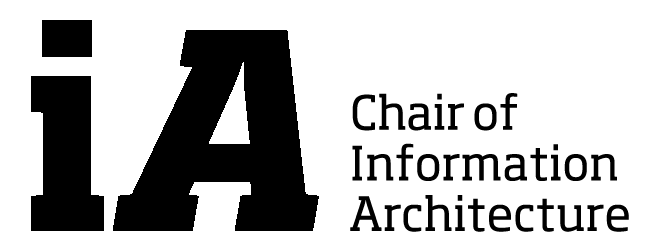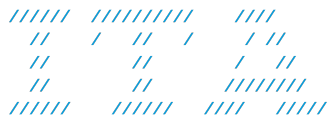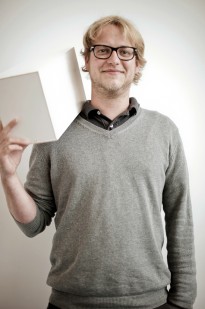POSTDOCTORAL RESEARCHER
As cities grow larger, it is important to understand how their spatial patterns change, for example how residential and business areas develop over time. This understanding is crucial for planning a resilient structure of new urban residential and economic areas, and transport infrastructure. Cities can be understood as large complex systems. Because of the non-linearity of such systems it is important that cities are in a stable state, where perturbations can be absorbed without a breakdown of the whole system. I have a strong belief that this can only be achieved through a bottom-up self-organized development, where planners support the self-organization process.
To support a self-organized, bottom-up development of an urban area, it should not be hindered by the infrastructure (hardware). Since it is economically and physically not possible to build and reconstruct the hardware all the time, tools must be available, which indicate needs and possible areas under pressure. With this I mean the exigency for space for, e.g., living. In such that the infrastructure is provided for the self-organization. So the questions arise, where is what hardware needed and where will what kind of economic activity be and to what extend? What influence does the geometry and hardware of a city have on the development and vice-versa? The goal of the research is to find the driving dynamics which act on the urban space from an economic point-of-view.
The method in this research is through modeling and simulation. It consists of two main subparts. First the modelling process itself is researched and a strong focus lies in the integration process when the simulation is run. Together with a meso-scale approach, this leads to a fast responding model which tries to find the most natural state from any given initial configuration. Second, the research focuses on the usability of such models. This includes the evaluation of the model, using census data, but also how models can be used in planning practices. The usage of models in planning tasks can be regarded as sketching task. Especially, if non-comprehensive models are used. In this context, the developed interface allows to test the impacts and consequences and urban intervention might have to the urban realm, without going too much into details and providing a rough prediction of the future development. Additionally, Monte Carlo simulations are used in combination with the model, to propose the user different solutions on how a future state possibly can be reached. This process enables the user to ask “how-to” type of questions, and is a useful tool, if the desired direction of the future development is known, but not how it can be reached.
I implemented and developed the meso-scale model with a “natural” solution process, and the possibility to find a configuration state with a high entropy. When a configuration state is within a solution set of high entropy, this means that the solution is more stable and that perturbations can be absorbed more easily. It seems that the location choice for working place can be modelled by relative simple money spending dynamics and per-capita income utilities. Location choice for living seems to be more complicated and more prone to soft factors, such as distance to the individual social networks.
We used the model to evaluate the influence of an additional bridge in Zürich to the interaction between the affected districts and evaluated the potential economic gains these districts might have from this additional hardware.
Teaching: People as flows



